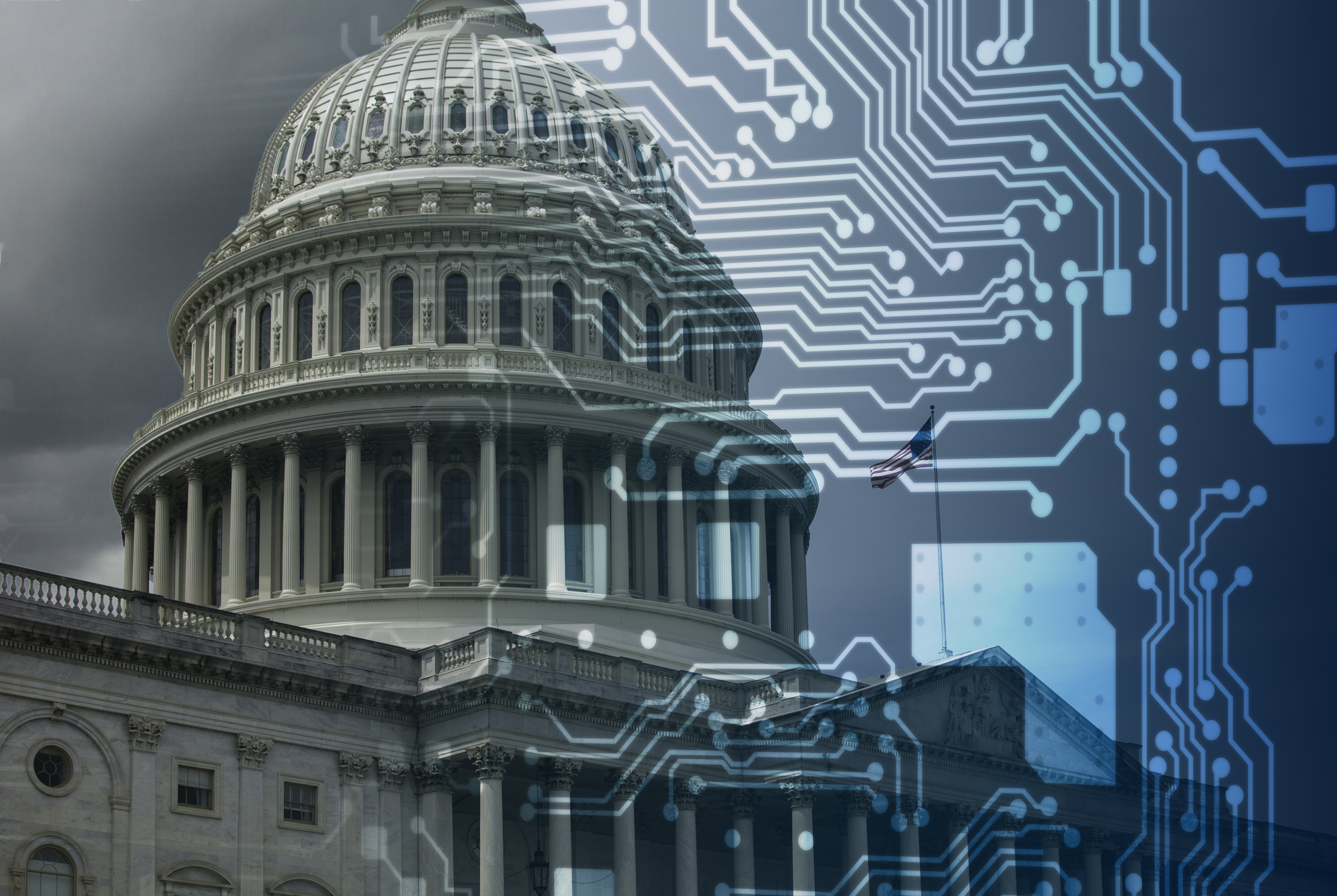MITRE, the federally funded operator of research and development centers on behalf of agencies, unveiled plans this week to train three new artificial intelligence foundation models in critical infrastructure, weather modeling and sustainable social services.
The Federal AI Sandbox, a supercomputer, is expected to be capable of training large-scale foundation models and supportive of generative AI, multimodal perception systems and reinforcement learning decision aids, according to a Wednesday press release.
MITRE is specifically focused on training models to help cybersecurity experts prevent and mitigate threats through analyzing complex data. Those efforts are aimed at helping with identification and response, enhancing weather modeling with improved precision and transforming millions of pages of information into tools that streamline government workflows.
Charles Clancy, MITRE’s senior vice president and chief technology officer, said in a statement that AI has the potential to transform government services and “address important challenges ranging from improving resilience of critical infrastructure to making Medicare sustainable.”
Agencies are able to access the sandbox through existing contracts with any of the six federally funded R&D centers that MITRE operates, which include the Department of Homeland Security, the National Institute of Standards and Technology, the Department of Defense, the Federal Aviation Administration and others.
Wednesday’s release comes after MITRE’s original announcement that it would provide an AI sandbox — which is powered by AI data center infrastructure from NVIDIA — and a subsequent statement that the sandbox would be available by the end of 2024. In the original announcement, Clancy said agencies “often lack the computing environment necessary for implementation and prototyping.”
Arati Prabhakar, director of the Office of Science and Technology Policy, spoke during an American Enterprise Institute event Tuesday about how budget pitfalls and aging facilities could threaten national goals for technology R&D.
Prabhakar’s comments followed a report from the White House that noted the need for the administration’s continued “advocating for robust” levels of finances for federally funded R&D.
The report said that R&D throughout agencies can “make it possible to achieve better health outcomes, create new products and services, generate new industries and good jobs, improve policies and regulations and develop new standards and practices, all to address the greatest challenges of our time.”

